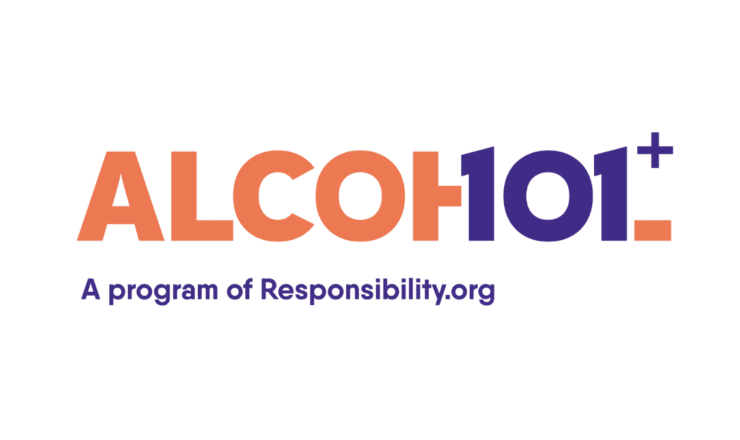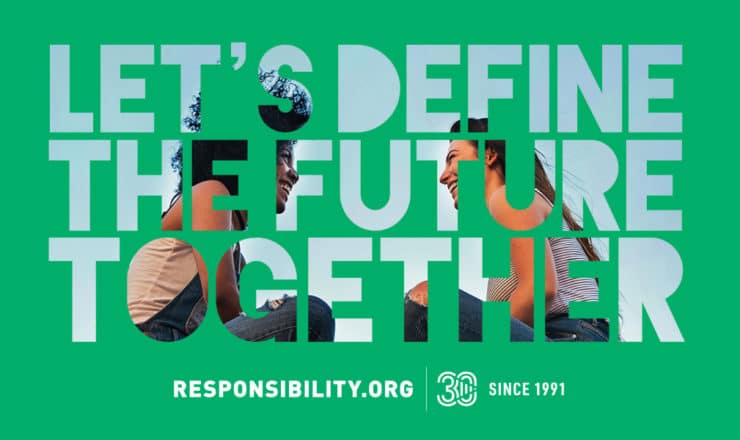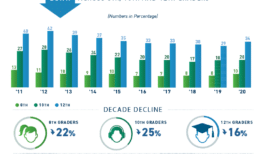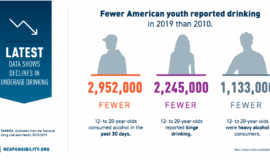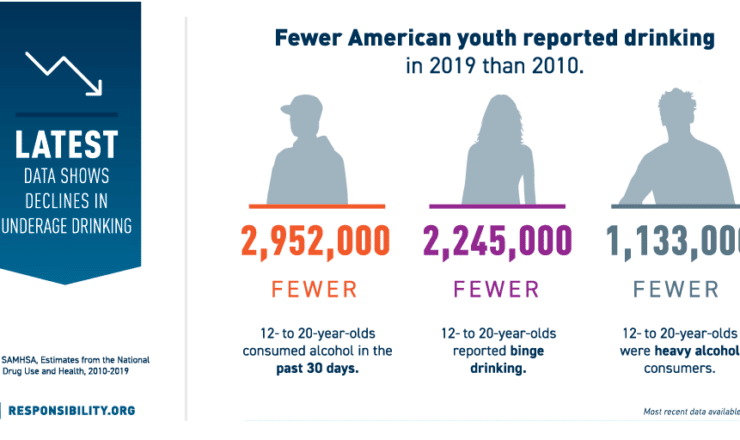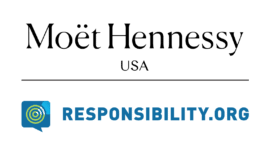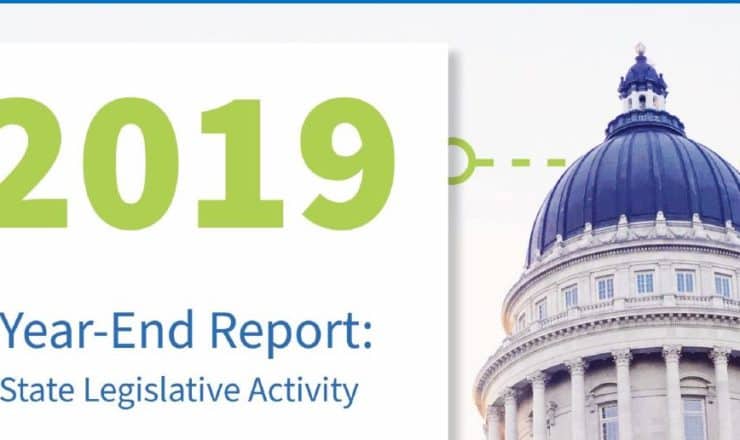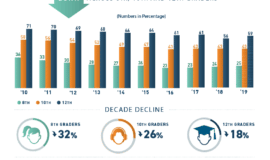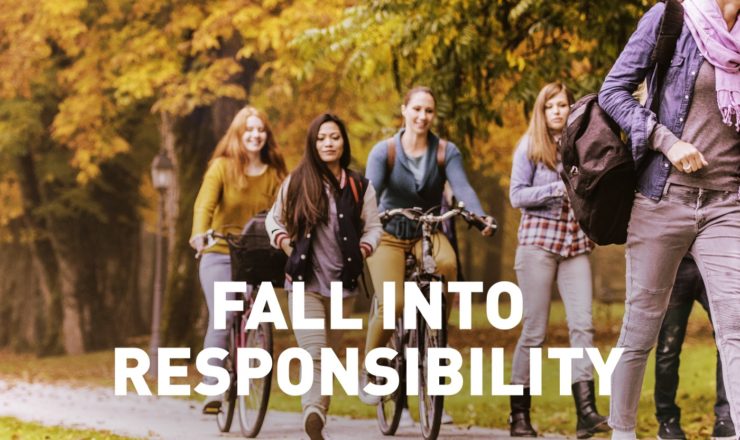Current Underage Drinking At Lowest Recorded Level Since 1991
Fewer American teens are consuming alcohol underage than ever before, however, the longer-term declines noted over the past few decades have leveled off according to the just released 2019 Monitoring the Future survey. Lifetime, annual, current and binge drinking prevalence rates showed little or no change from 2018 to 2019 among students in 8th, 10th and 12th grades, but all rates are significantly lower than peak years.
Among teens in grades 8, 10, and 12 combined, the majority (58 percent) report they have never consumed alcohol in their lifetime. Over the past decade the number of combined students reporting they have consumed alcohol decreased 23 percent, proportionally, and 48 percent from a record high of 80 percent in 1991, clear indications of the success in delaying the onset of underage drinking.
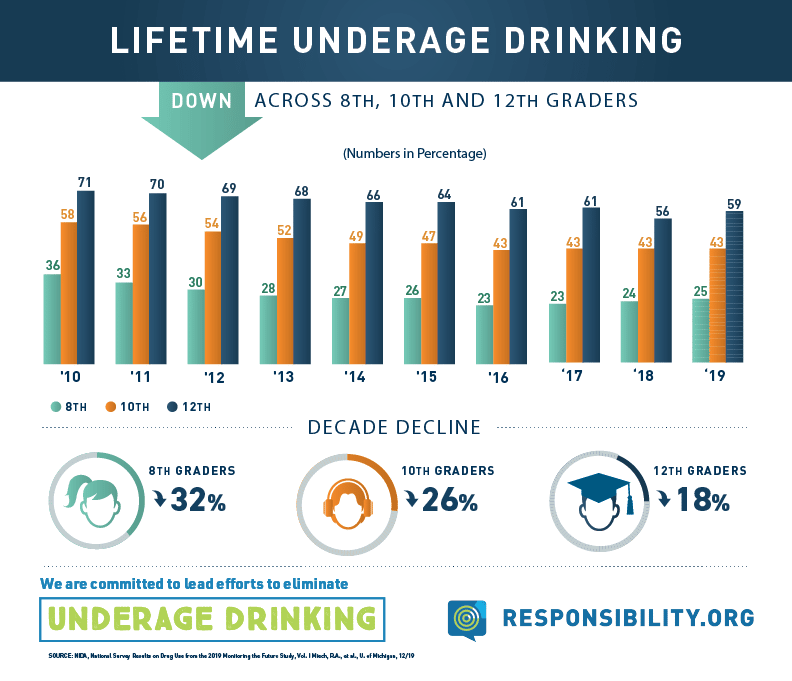
- Lifetime consumption among 8th graders has declined 65 percent, proportionally, since data was first collected in 1991 from 70 percent to 25 percent.
- Fifty-seven percent of 10th graders have not consumed alcohol in their lifetime, a decrease of 49 percent from 1991.
- Four out of ten high school seniors report they have never consumed alcohol, falling 34 percent from a high of 88 percent in 1991.
Less than one if five teens report consuming alcohol in the past 30 days. Current alcohol consumption among students in all three grade levels combined reached an all-time record low level (18 percent) in 2019, having declined 32 percent since 2010 and 54 percent since 1991. At the individual grade levels, past month consumption remained relatively unchanged between 2018 and 2019.
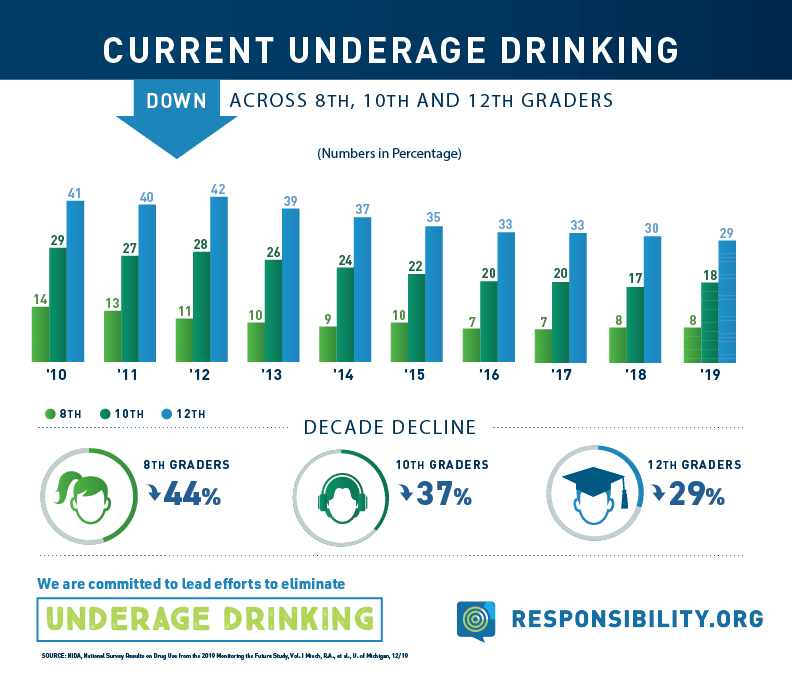
- Past month consumption among eighth graders remains steady at eight percent, having decreased 44 percent over the past ten years.
- Less than one in five 10th graders report current alcohol consumption, declining 36 percent from 29 percent in 2010.
- Declining slightly in 2019, 29 percent of 12th graders are current drinkers, down 29 percent from 2010.
Similar to the other measures of consumption, after years of steady decline, the trend in binge drinking (defined as having five or more drinks in a row in the past two weeks) appears to be leveling off. Among 8th, 10th and 12th graders combined binge drinking remained unchanged, but has declined 42 percent proportionally from 2010 to 2019 and 57 percent since 1991.
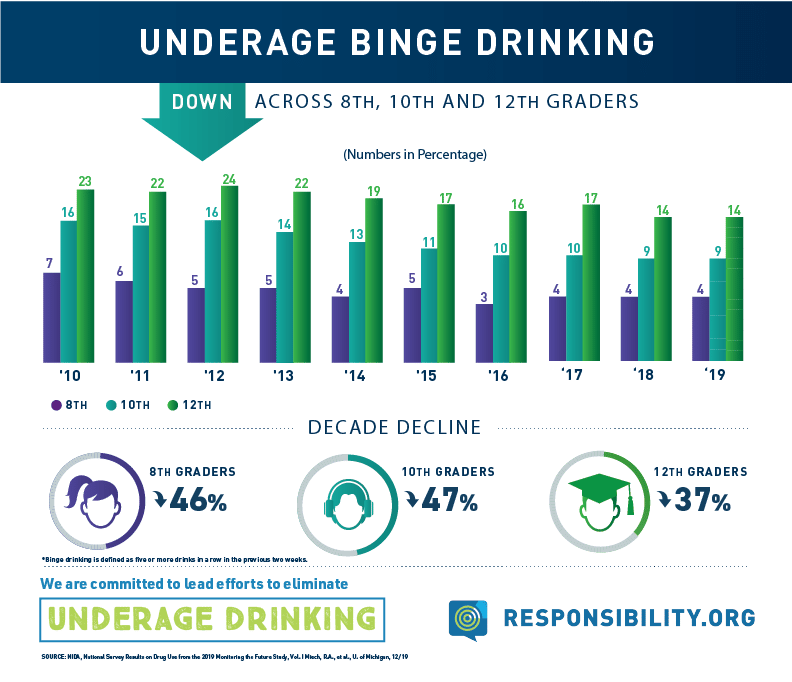
- Less than four percent of 8th graders reported binge drinking in 2019, a decrease of 46 percent from 2010 to 2019.
- Almost nine percent of 10th graders said they engaged in binge drinking, down 47 percent from 16 percent in 2010.
- One in seven 12th graders (14 percent) report consuming five or more drinks in a row, a 37 percent decrease from 23 percent in 2010.
Peer disapproval of binge drinking remains high among 8th, 10th and 12th graders in 2019, while the perceived risk of binge drinking increased among tenth and 12th graders. Ease of access to alcohol among students declined significantly among younger teen cohorts (8th and 10th graders) and declined slightly among high school seniors. Each of these variables plays a contributing role in the long-term trends in underage alcohol consumption, and Responsibility.org has made significant contributions to these long-term trends and will continue to invest in effective risk and prevention interventions that help to eliminate underage drinking.


